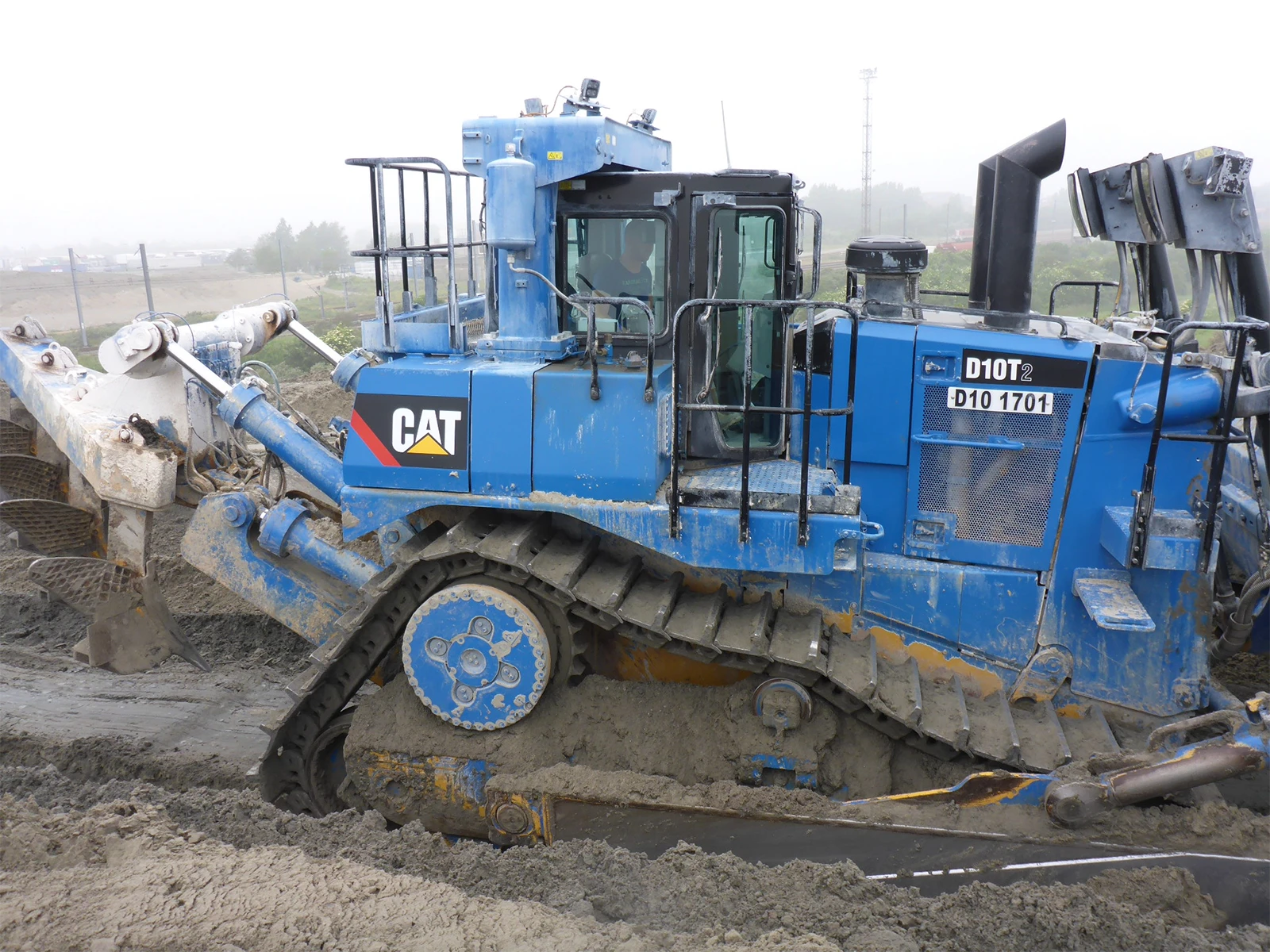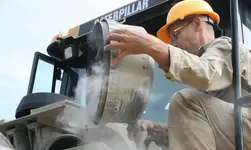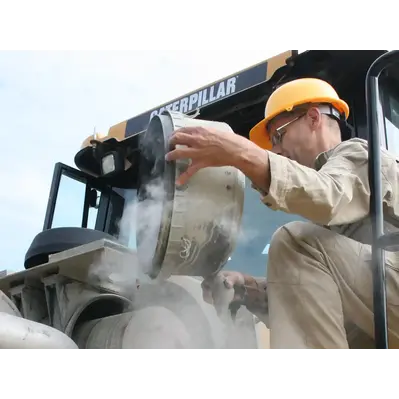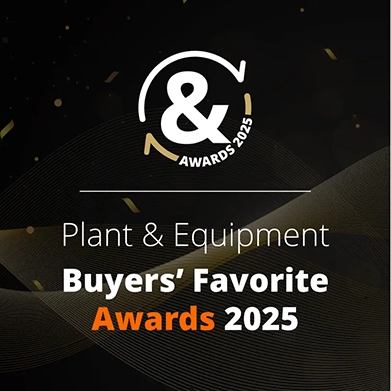What Is The Expected Lifetime Of Heavy Equipment Components?

How long can an excavator be operated with original pump and engine?
Well-maintained construction machines can operate for many years, but how long do their major components actually last?
Major assemblies in large construction equipment—such as engines, transmissions, and hydraulic pumps—do not have standardized lifespans; their longevity is determined by maintenance practices, fluid quality, and operating environment.
We’re often asked about the typical service life of engines, gearboxes, and hydraulic pumps. At what point does buying a used machine with high operating hours become risky? And what can you do to minimize the chance of a bad purchase?
There is no single answer, as too many factors influence the lifespan of these components. The most critical ones are regular maintenance, correct oils and filters, and proper operating conditions.
When inspecting a used machine, several clues can reveal its condition. If possible, start by downloading a status report from the machine’s controller. Tools like a Caterpillar PSR or Volvo Matris report can show whether the engine or transmission has been running at excessive temperatures. If such reports aren’t available, you’ll need to look for other signs. Heavy oil leaks or seepage at around 10,000 hours, for example, often suggest the machine has experienced overheating.

Expected lifespan of main components
Here are some general reference values for the expected service life of major assemblies when properly maintained and used under normal conditions:
- Engine and drivetrain of a smaller dozer (e.g., Caterpillar D6N): 13,000 hours
- Engine, transmission, and torque converter of a midsize dozer (e.g., Komatsu D155): 16,000 hours
- Engine, final drives, hydraulic pump, and torque converter of a large dozer (e.g., Komatsu D275): 18,000 hours
- Hydraulic pump, engine, and swing gear of a midsize excavator (e.g., Komatsu PC300): 15,000 hours
These figures come from component histories of machines operated by large contractors with skilled operators and strict maintenance routines. Individual machines can vary significantly.
Experienced technicians rely on all their senses when assessing a machine’s mechanical condition. Does the exhaust or coolant smell unusual? Are there strange noises, leaks in unusual places, or noticeable vibrations? Such cues often tell more than documents do.
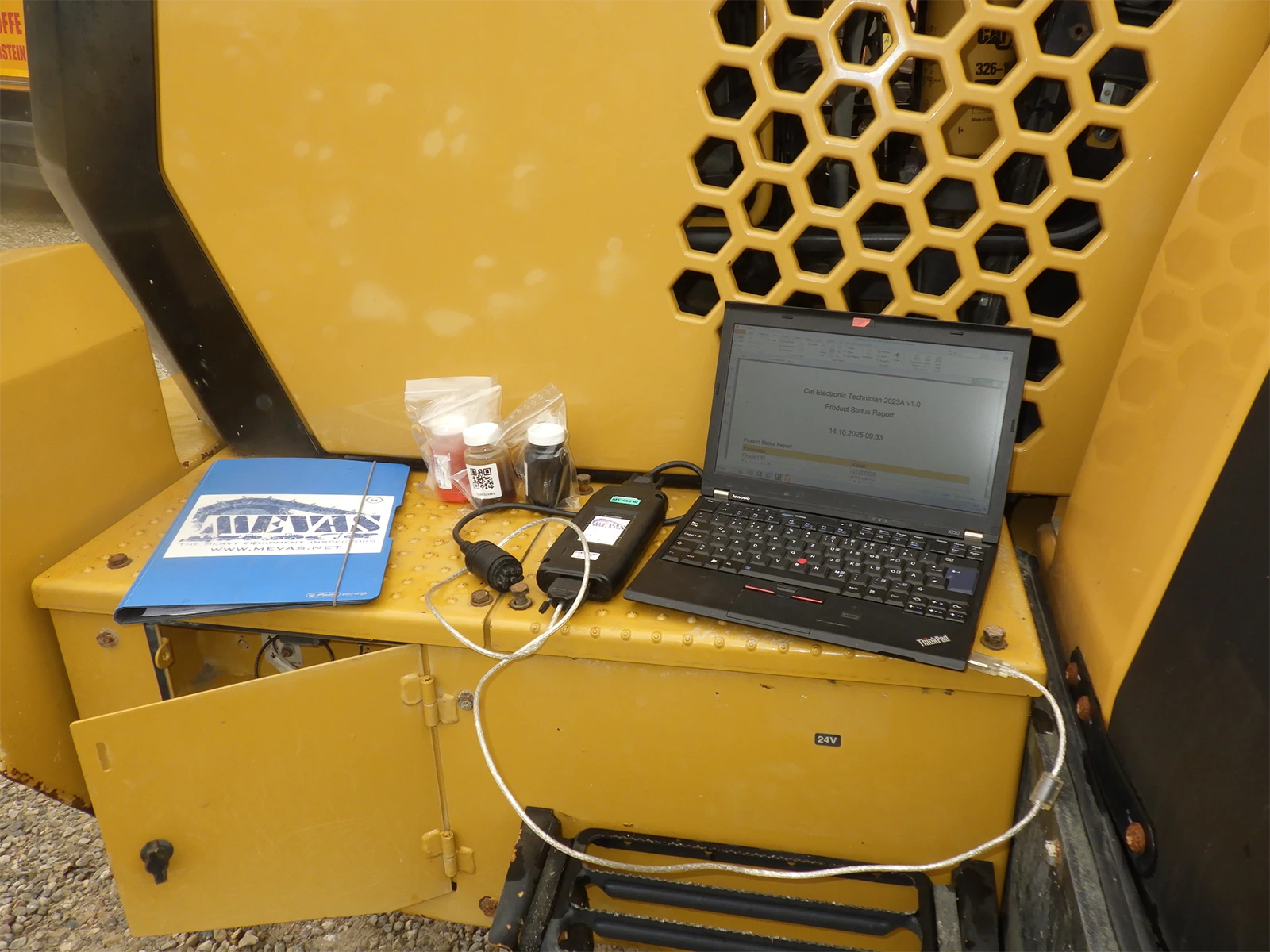
Oil analysis and pressure testing
The most valuable diagnostic tool, however, is oil analysis. During an inspection, samples of oil and coolant can be taken and analysed by a certified laboratory. The levels of elements such as copper, silicon, aluminium, and iron reveal internal wear patterns. It’s essential to know how many hours the oil has been in use at the time of sampling for accurate interpretation.
Another useful tool is pressure testing. Inspectors can take oil pressures from components and compare with factory specs. However, this is more complicated as the technician would need to know under what circumstances he has to measure. He needs to know i.e. if to measure in idle or under load.
Summary:
There is no universal formula for calculating the remaining useful life for high-hour components. A comprehensive rating requires synthesizing maintenance records, digital diagnostic outputs, laboratory fluid analysis, and empirical field inspection. Engaging a professional inspector is advised; it reduces investment risk, especially when component-level rebuilt histories or warranty coverage are absent.
Items For Sale
View All

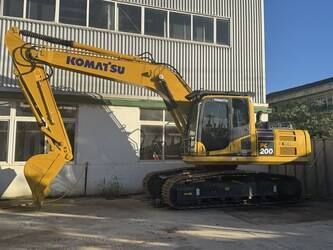
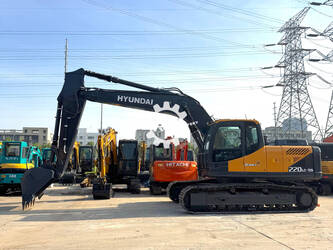

Items For Sale
View All





 Construction Equipment
Construction Equipment
 Cranes
Cranes
 Material Handling
Material Handling
 Trucks & Trailers
Trucks & Trailers
 Vehicles
Vehicles
 Agricultural Equipment
Agricultural Equipment
 Live Auctions
Live Auctions
